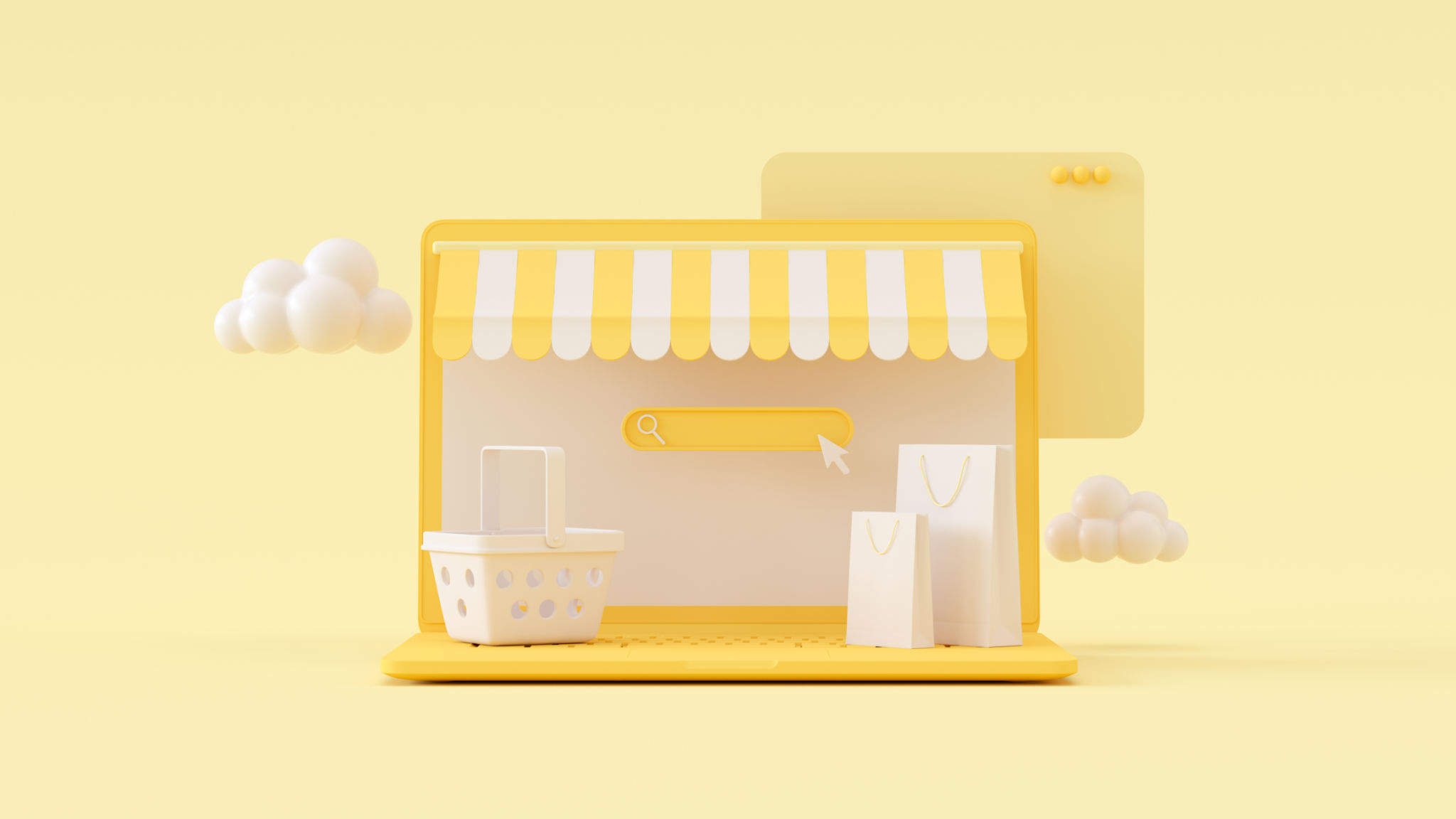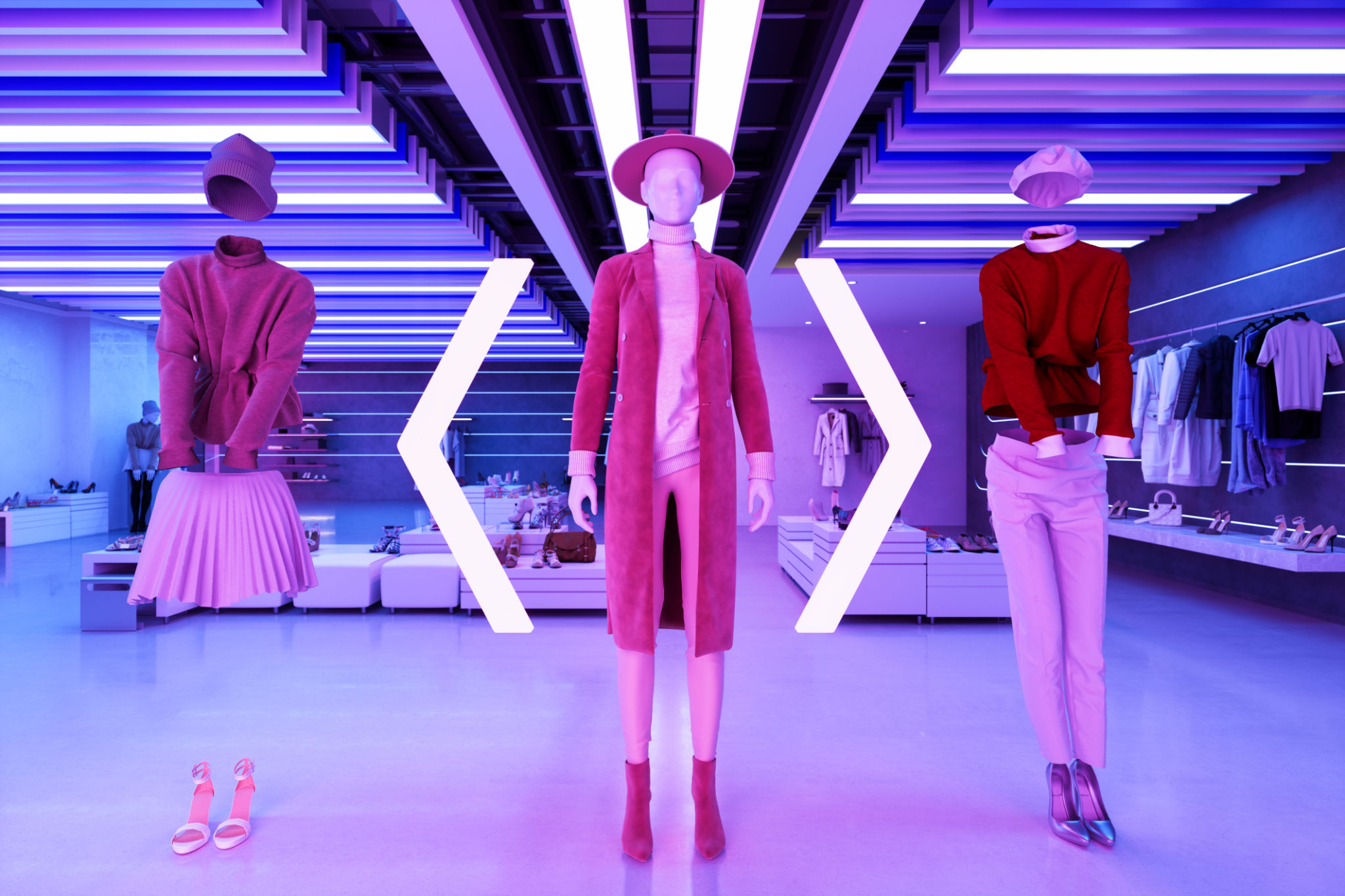The Benefits of Using 3D Models for E-commerce Product Photography
Enhancing Product Presentation with 3D Models
In the rapidly evolving world of e-commerce, staying ahead of the competition requires innovative approaches to product presentation. One such approach that has gained significant traction is the use of 3D models for product photography. This technology offers a myriad of benefits that can transform how products are showcased online.
3D models provide a lifelike representation of products, allowing customers to interact with them in ways traditional photography cannot. By offering a 360-degree view, potential buyers gain a comprehensive understanding of the product's features, which can significantly enhance the shopping experience.

Improving Customer Engagement
One of the primary advantages of 3D models is their ability to boost customer engagement. When customers can virtually handle a product, rotate it, and zoom in on specific details, they are more likely to feel confident in their purchasing decisions. This interactive experience can lead to longer time spent on product pages and higher conversion rates.
Moreover, 3D models can be integrated with augmented reality (AR) applications, allowing customers to visualize how products will look in their own environments. This immersive experience further elevates customer satisfaction and reduces the likelihood of returns.

Cost-Effective and Versatile
While the initial setup for creating 3D models might seem daunting, the long-term benefits far outweigh the costs. Once a 3D model is created, it can be reused across multiple platforms and marketing materials without the need for repeated photography sessions. This versatility makes it a cost-effective solution for businesses of all sizes.
Additionally, 3D models can be easily updated to reflect any changes in product design or features. This adaptability ensures that product presentations remain current and accurate, further enhancing brand credibility.
Enhancing Visual Appeal
The visual appeal of 3D models is another significant benefit. Unlike traditional photography, which may struggle with lighting and angles, 3D models offer consistent quality and can be rendered in high resolution. This ensures that products are always presented in their best light, attracting more customers.

Furthermore, 3D models allow for creative freedom in presentation. Products can be displayed in various settings or combined with different backgrounds and effects, offering endless possibilities for creative marketing strategies.
Conclusion: Embracing the Future of E-commerce
The integration of 3D models into e-commerce product photography is more than just a trend; it represents a shift towards a more interactive and customer-centric approach to online shopping. By adopting this technology, businesses can enhance their product presentations, improve customer engagement, and ultimately drive sales growth.
As e-commerce continues to evolve, embracing innovative solutions like 3D modeling will be crucial for businesses looking to stay competitive and meet the growing expectations of tech-savvy consumers.